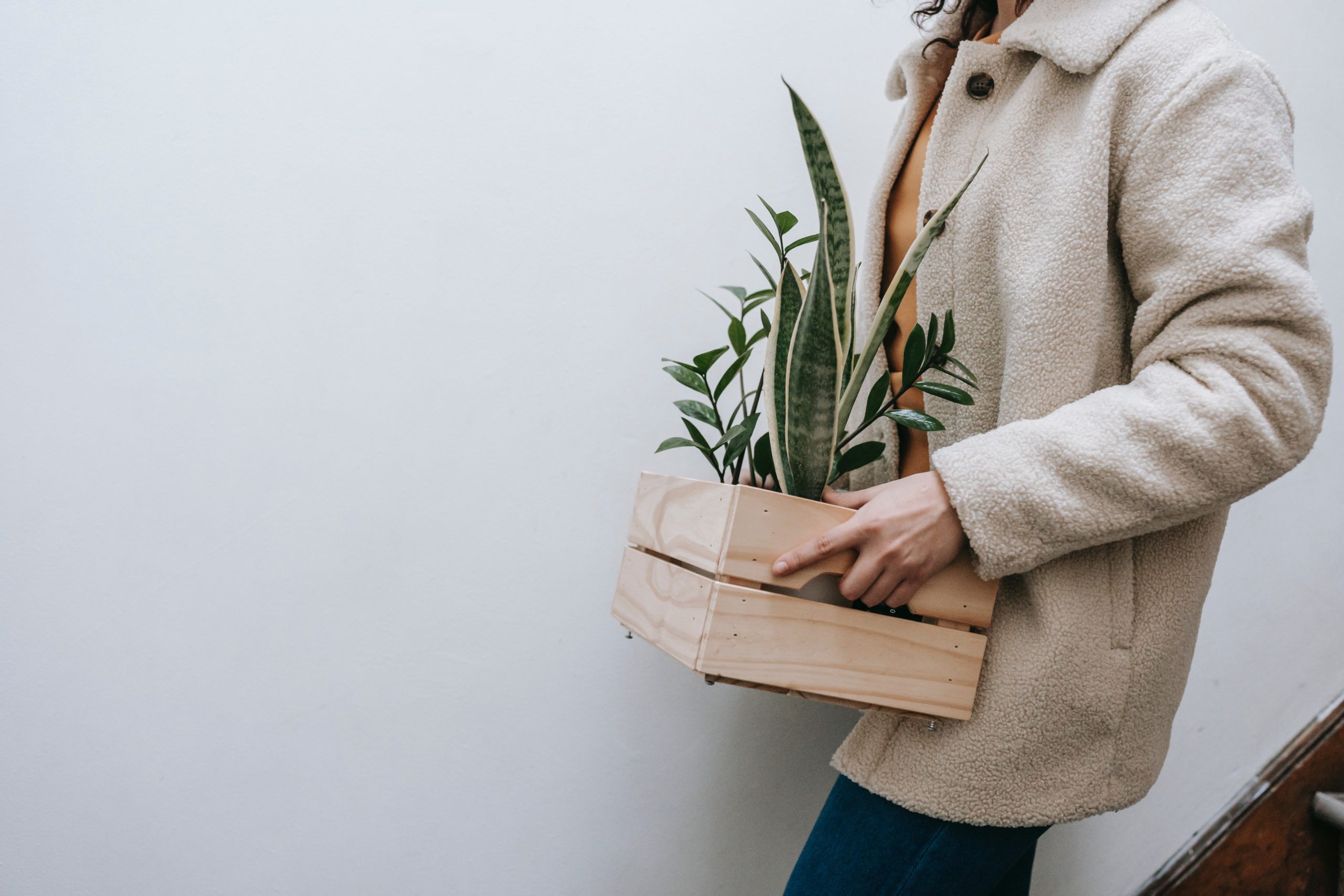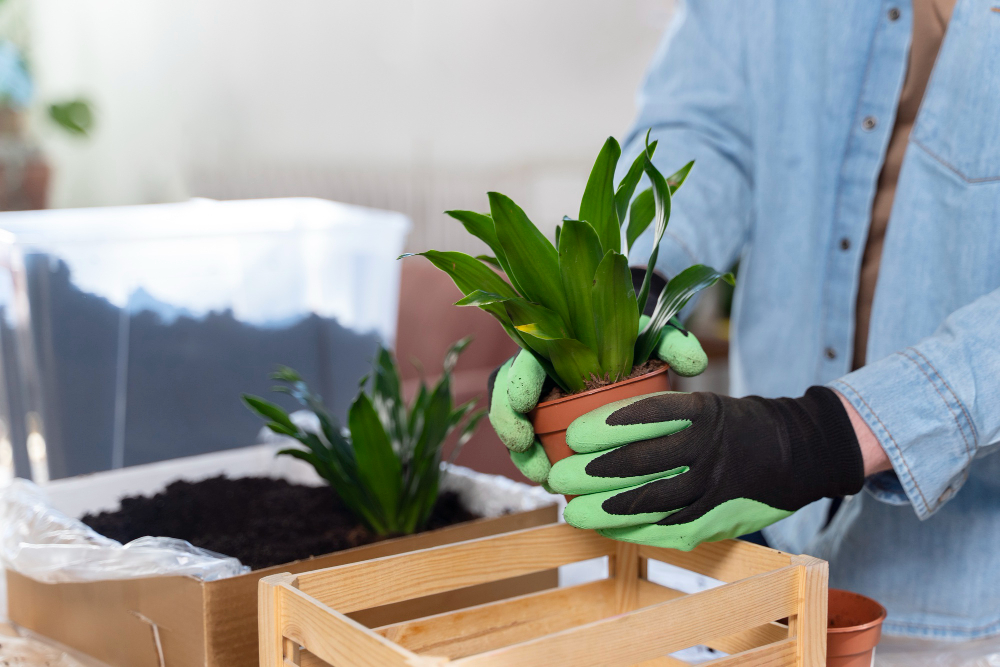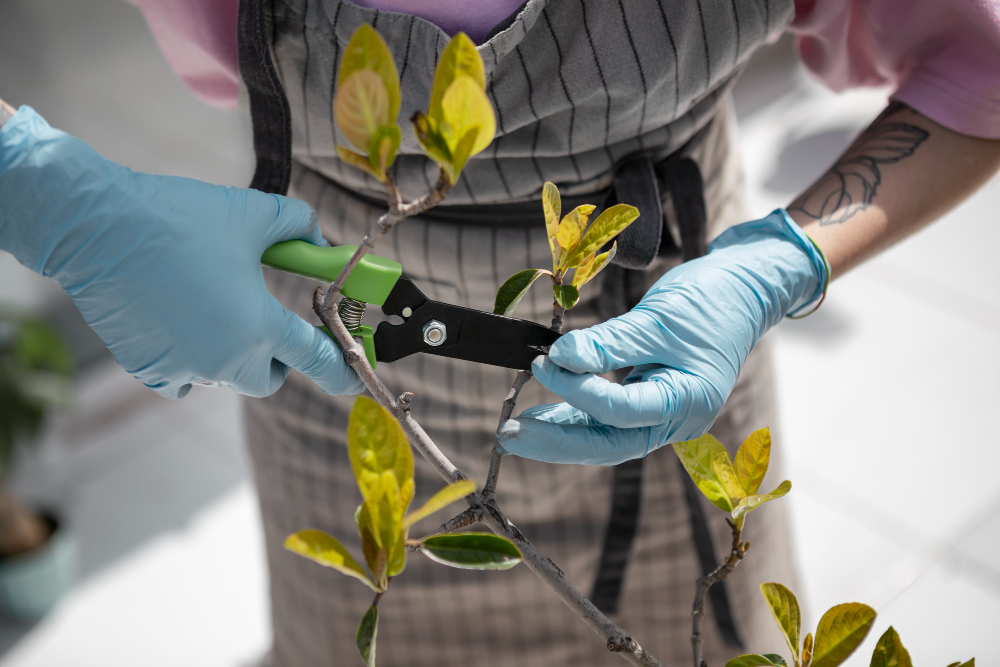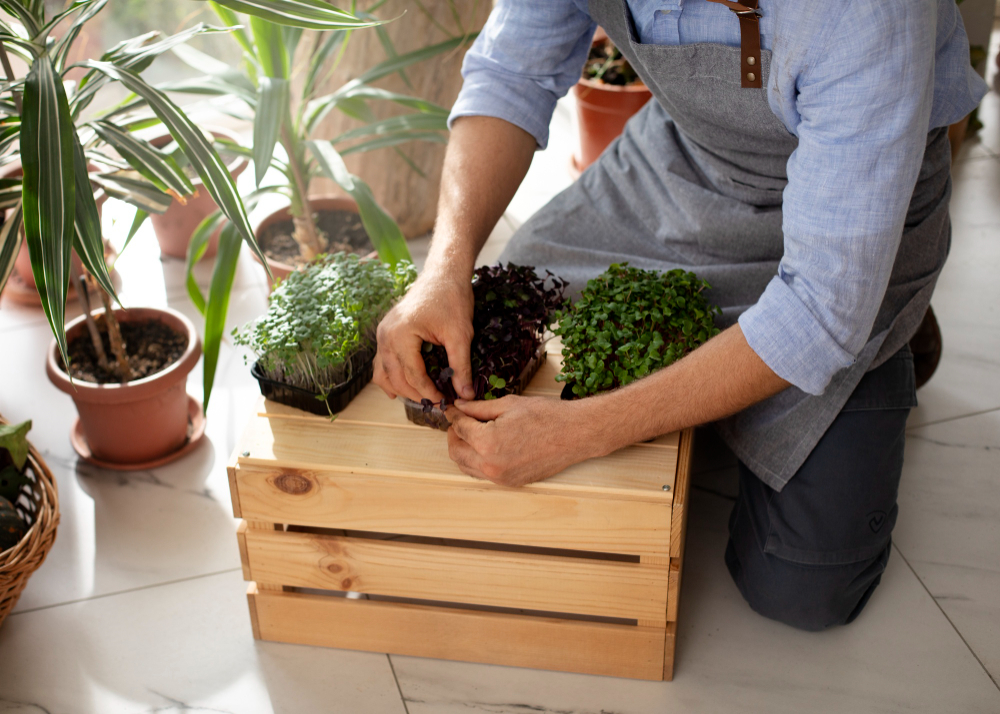Move With Green Thumbs: Moving House With Plants

The bond between a homeowner and their plants can range from a budding relationship to a full-blown green thumb frenzy.
With the amount of love and care that goes into the upkeep of houseplants, it’s no wonder why owners become attached. In many instances, however, owners will make difficult choices when moving into a new home, which often leads to many potted plants being left behind.
Thankfully, this heartbreaking scenario doesn’t have to occur for everyone. Taking the time to repot and prune some dead leaves are some easy things you can do before moving day to make moving with plants that much easier.
Connect Utilities in under 8 minutes!
Get connectedAssess Your Moving Situation
Depending on the distance between your new home and your current living space, the difficulty of moving your indoor plants can range from pretty simple to quite complicated.
For those moving from a short distance, relocating your plants shouldn’t be as difficult and will only involve movers transporting them from point A to point B.
Moving long distances, however, involves a bit more intricacy. Long-distance moving is typically a real plant killer, as the health and well-being of plants may not be best suited in a cramped area with little to no sunlight or water.
This also excludes the regulations each state in Australia possesses, as you’ll likely need to gain relevant approval from the relevant state you are moving into.
Each state can also vary in the environment, as the humid weather of Queensland may cause difficulties for your Melbourne or Sydney-based plants.
The best way to counteract this is to think ahead of time about certain soil types you’ll need for your indoor and outdoor plants and assess which plants will be able to make the move in one piece, or whether they’ll need to be reduced to clippings in the new home.

Moving With Others
Not a plant parent? No stress! We’ve got guides on moving for all carers of things that are small, including moving with children and moving with pets.
Plant Maintenance
Once you’ve determined your soil and your clippings, it’s time for some pre-move plant maintenance.
For starters, any potted plants should be repotted into plastic pots that are shatter-proof. Ceramic and clay pots are prone to breakage, especially in a moving vehicle, and will be incredibly heavy to move if the soil and plant remain inside said pots.
Once you’ve repotted your plants into plastic pots, your regular fragile pots can be carefully placed in a box with bubble wrap or any other impact-reducing wrapping that’ll reduce the chance of breakage.
The size of your plants can also become an issue when moving, as some large plants may be too big to fit in a regular-sized car or take up too much space in a van.
This is where you’ll need to prune your larger plants to a manageable size, reducing the chance of any branch breakages.
Observe your plants and remove any dead leaves or branches you can spot, as this will not only make for an easier move but also help the health upkeep of your larger plants in the new garden.
Be sure to keep a close eye on any insects or parasites residing in your transport plants too, as they’ll prove to be detrimental if left to arrive in your new environment with your plants.

Preparing The Plant Move
Now that your plants are prim and proper, it’s time to get the boxes out and start packing.
For your smaller plants, a sturdy moving box that’ll support the weight of your plants should be fine since you’ve potted your plants in plastic pots.
The larger plants may need additional care, as they won’t be able to fit into your regular cardboard box. Consider utilising a light curtain or large bedsheet to cover the plant and ensure any limbs of the branch won’t snap during the move.
While the plant pots are in a moving vehicle, they may be unstable and tip over. The best way to counteract this is by placing packing material or packing paper around the base of the plant, which will cause your plant to stay rigid during the move.
Once the boxes are ready, it’s useful to make notes about the last time your plants were watered to continue their care routine. The easiest way to keep note is to add a little section for your plants to your moving checklist, as you’ll continuously check said list during your move (For more details on a moving checklist, check our list here).
With your plants’ care routine noted, be sure to label your packing boxes aptly, pairing any plants that need similar care and you’re good for the big move!

For any other questions about moving home as a whole, we’ve put together the ultimate guide to moving house, which you can check out here.
If you need help getting your utilities connected sorted, please call MyConnect on 1300 854 478 or use the Get Connected form here! If you’re unsure about using a utility connection company, hopefully, this post here can assist you.

